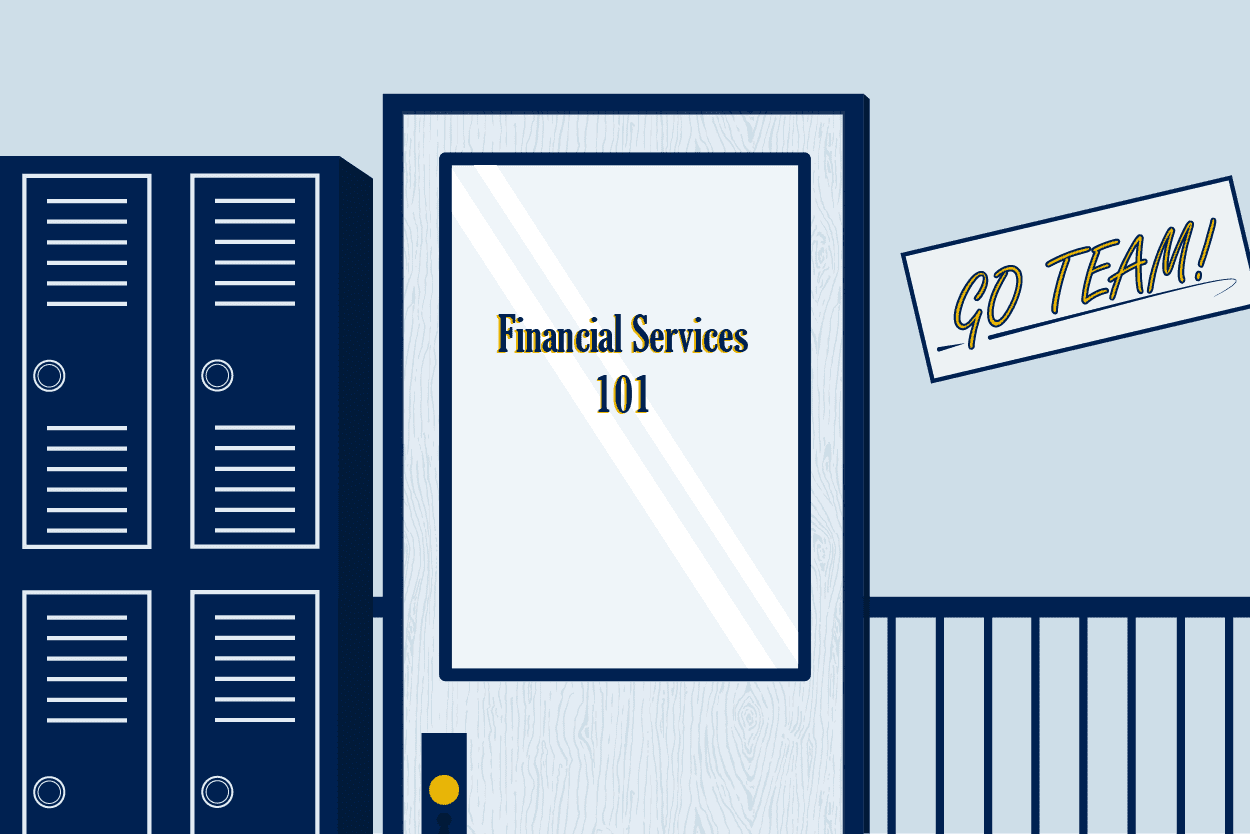What is Multi cloud Data Management?
Multi cloud data management is using multiple cloud environments to manage data, either by distributing the data processing and functions among the different clouds, or creating a single platform that ties together the multiple clouds for data operations.
A multi-cloud data management environment has three parts. The first is management of applications that will be using the multiple clouds. The second is the clouds themselves – provided by Snowflake, Google, Amazon, and Microsoft. The third is the management of data storage in the multiple clouds.
With multi-cloud data management in place, whether the management of data is done in distributed fashion among the cloud or through a single platform, enterprises can perform certain functions. These include data storage, access management, data security, automation of data processing, data optimization and cost management.
According to the California Institute of Arts and Technology, there are two major reasons to use multi-cloud data management – to avoid service outages or downtime and to defend against cyberattacks. With multiple clouds, enterprises can keep data processing going continually without downtime.
How do you manage multiple cloud environments?
Managing multiple cloud environments is bound to be complex, and that complexity is only growing, along with costs, according to a Harvard Business Review survey. To get a handle on using multiple clouds, an enterprise needs operations technology that will automate and simplify as much as possible. This technology must be capable of performing all the functions previously mentioned – especially data storage and security.
Firms must start with a strategy for multiple clouds and implement that by designing and building systems, then running data processes on these systems. When deciding how to manage multiple clouds, firms must also consider business strategy as part of supporting storage, analytics and automation functions.
There are several concrete and specific actions to take as part of managing multiple clouds:
- Map your operations to figure out how clouds fit within it.
- Source the right cloud providers.
- Automate routine tasks.
- Study how your staff or clients are using the multiple clouds that are established.
- Keep a close eye on costs.
- Keep track of application life cycles.
- Make sure your operational processes are compatible with the multiple clouds being used to run them.
- Set consistent policies for how the enterprise will use all cloud services it engages.
Lastly, and possibly most importantly, make sure the work to be performed can actually be transferred between different clouds. A robust data model that can integrate within and across multiple cloud providers with consistent mapping of the data goes a long way to ensuring seamless transitions between cloud environments.
Google Cloud recommends a few best practices for managing multiple cloud environments. These include retaining your established database management system for consistency, deploying a Kubernetes service, which is an open source system for managing operations; and weighing the pros and cons of database system portability and replicability.
If you’re looking for help with your cloud transformation, reach out to us here.

